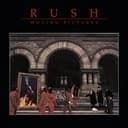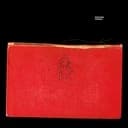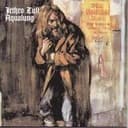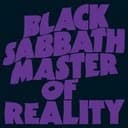Understanding the Locrian Interval Structure
The B♯ Locrian mode follows the interval pattern H-W-W-H-W-W-W. What distinguishes Locrian from all other modes is the presence of both a minor second (♭2) and a diminished fifth (♭5). The minor second creates immediate dissonance against the root, while the diminished fifth—a tritone interval—prevents the formation of a stable perfect fifth. This combination results in a diminished triad on the tonic, making Locrian fundamentally unstable compared to other modes like Dorian or Phrygian.
Enharmonic Equivalence with C Locrian
B♯ Locrian is enharmonically equivalent to C Locrian, meaning they sound identical but are notated differently. C Locrian is universally preferred in practical music notation due to its significantly simpler key signature. The theoretical nature of B♯ Locrian makes it appear primarily in academic contexts or when maintaining consistent sharp notation within a piece already using multiple sharps.
Locrian in Experimental and Contemporary Music
Despite its theoretical nature, the Locrian mode (typically notated as C Locrian rather than B♯) has found creative uses in experimental music. Björk's "Army of Me" features Locrian-based riffs, while Metallica's "Wherever I May Roam" uses Locrian tonality for tension. Jazz fusion musicians occasionally employ Locrian over half-diminished seventh chords. Progressive metal artists exploit Locrian's instability to create disorienting harmonic landscapes.
Practice Tips for Exploring the Locrian Mode
When exploring this mode, work with C Locrian instead of B♯ Locrian for practical purposes. Focus on embracing the inherent tension—play over a Cm7♭5 chord to hear how the mode functions. Experiment with phrases that highlight the characteristic ♭2 and ♭5 intervals. Try composing short ostinato patterns to explore Locrian's potential for creating atmospheric, unsettling soundscapes.





